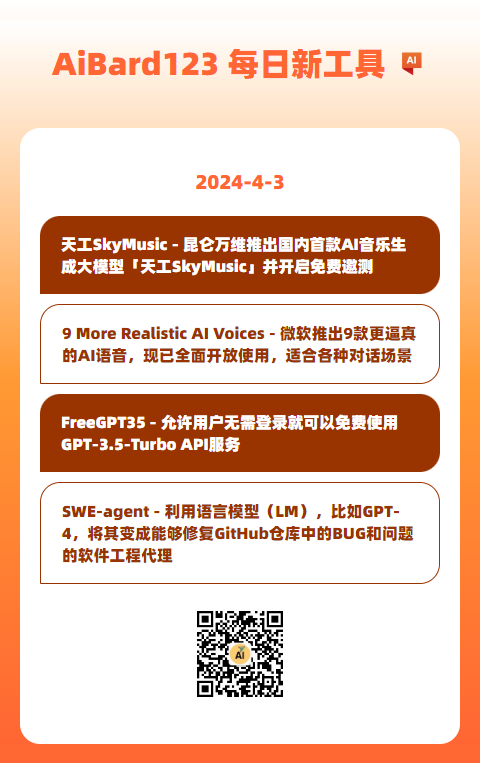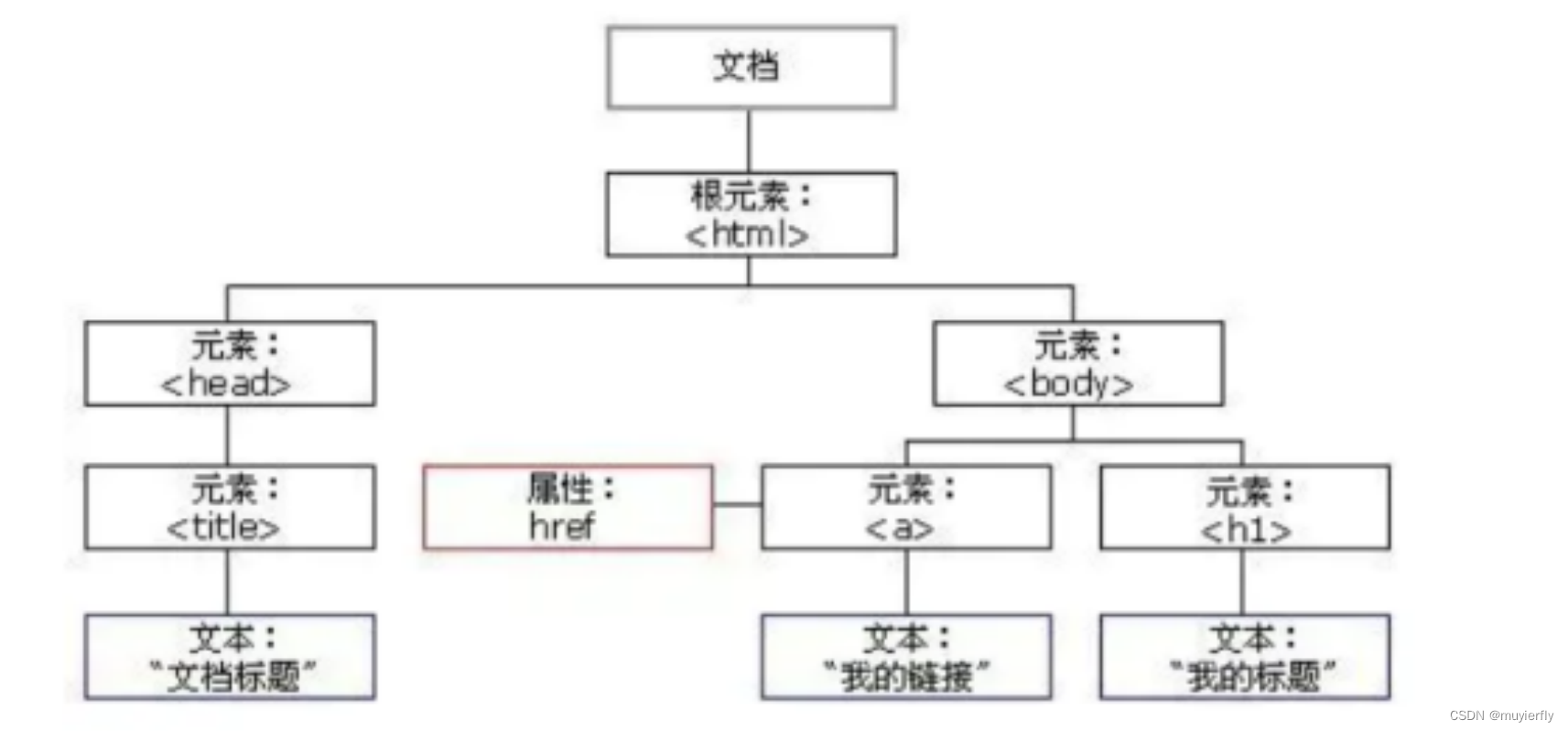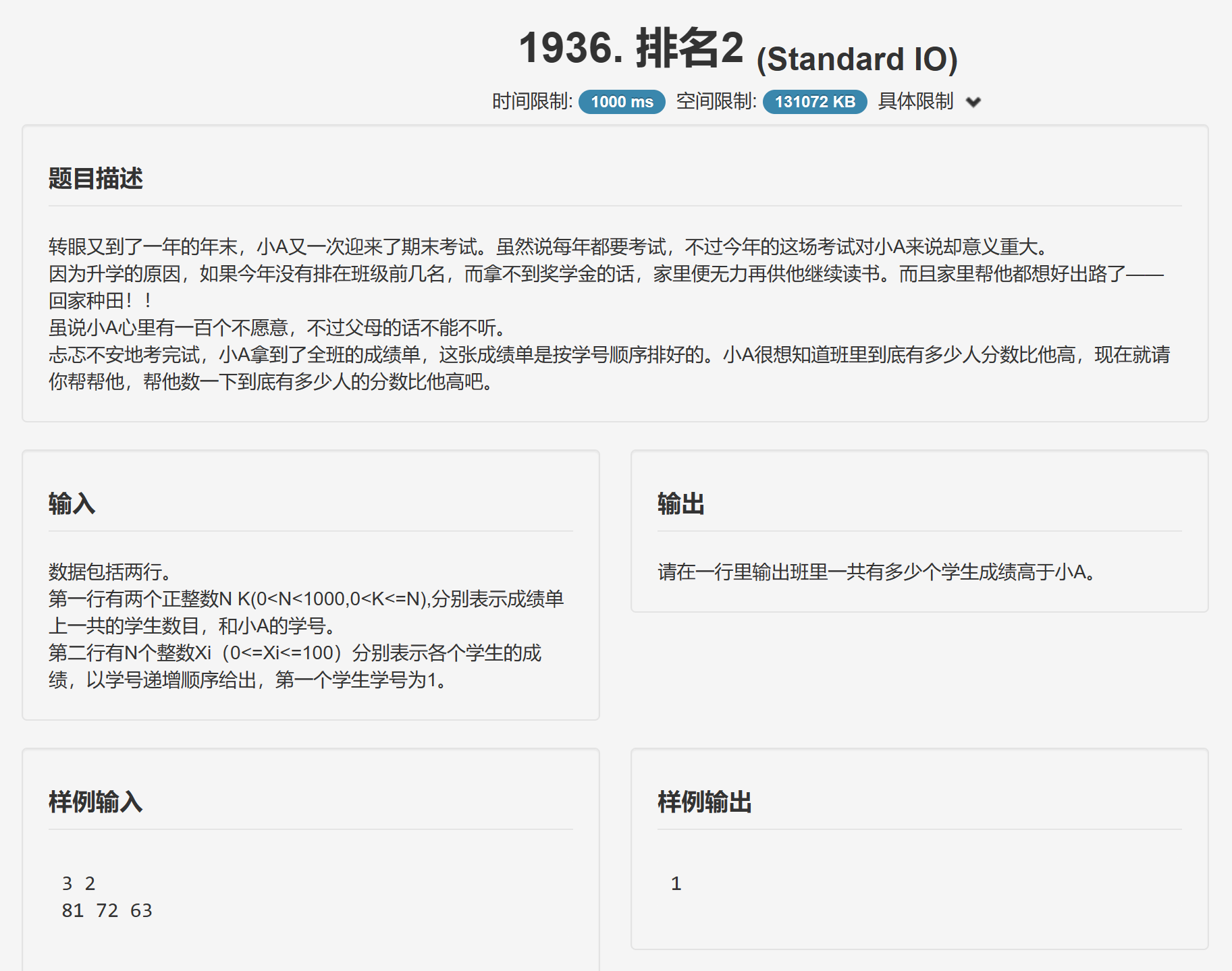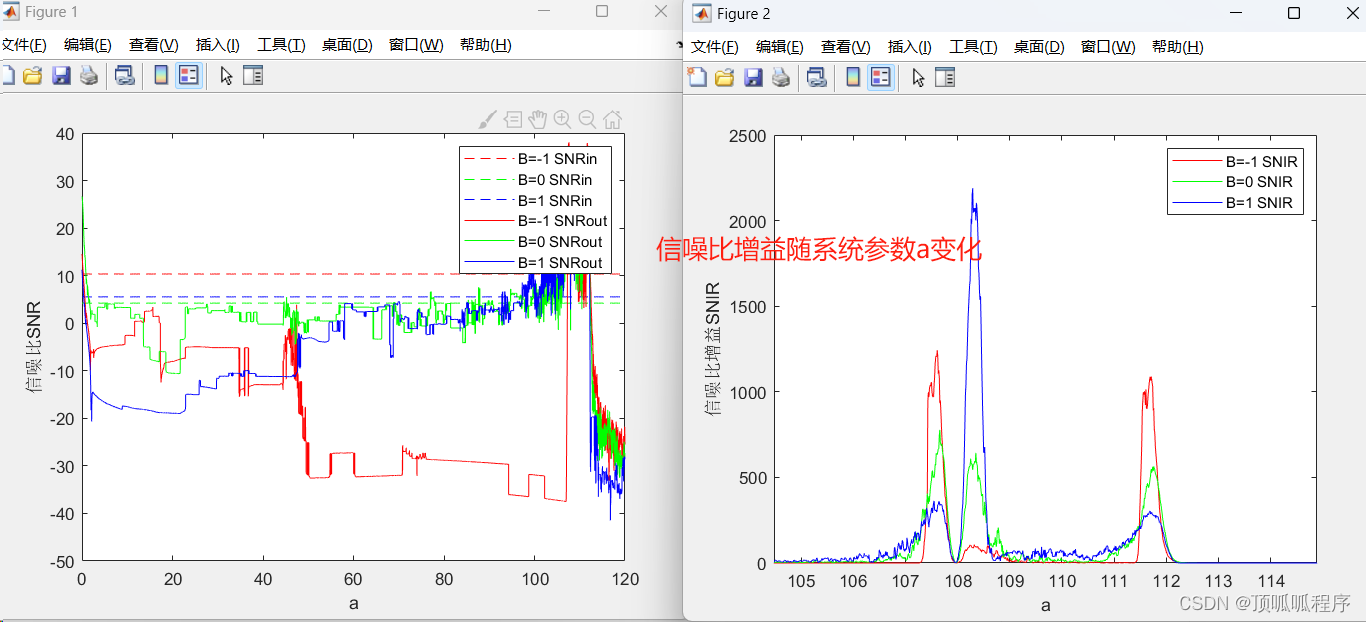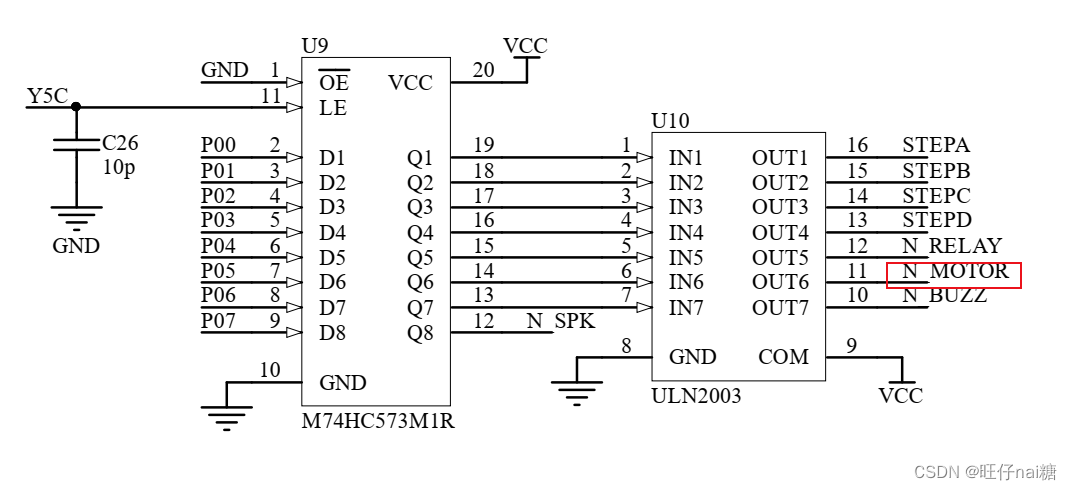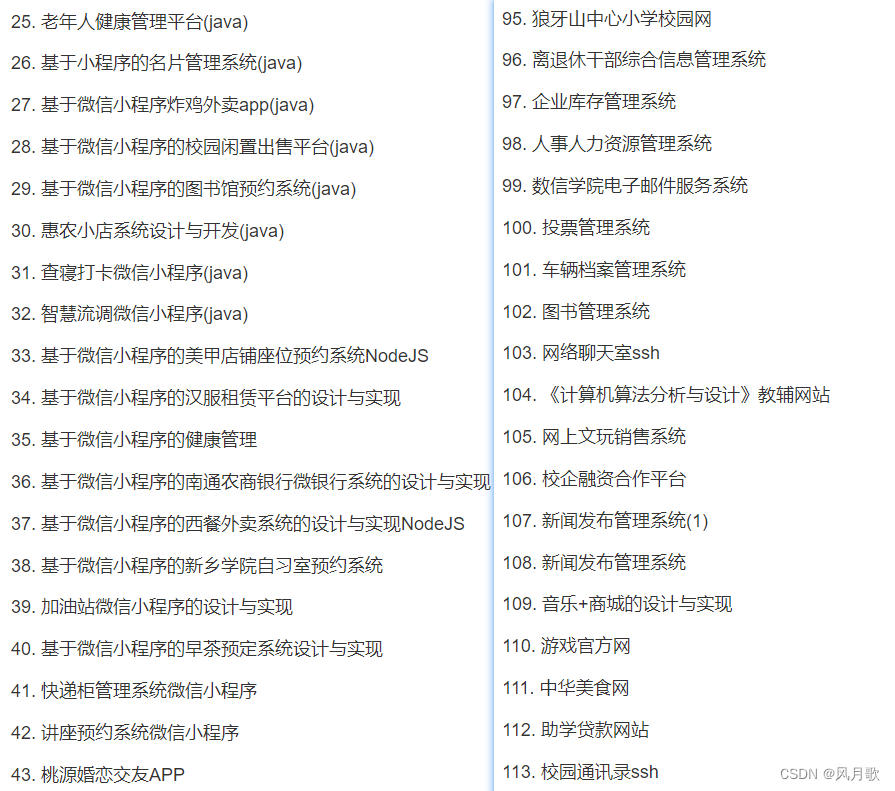Elasticsearch有两种连接方式: transport、rest。transport 通过TCP方式访问ES(只支持iava),rest 方式通过http API 访问ES(没有语言限制)。
ES官方建议使用Iest 方式,transport 在7.8 版本中不建议使用,在8.x的版本中废弃。你可以用Java客户端做很多事情:
执行标准的 index,get,delete,update,search等操作。
在正在运行的集群上执行管理任务。
但是,通过官方文档可以得知,现在存在至少三种Java客户端。
Transport Client
Java High Level REST Client
Java Low Level Rest client
造成这种混乱的原因是:
长久以来,ES并没有官方的Java客户端,并且Java白身是可以简单支持ES的API的,于是就先做成了Transportclient。但是Transportclient 的缺点是显而易见的,它没有使用RESTfuI风,格的接口,而是二进制的方式传输数据。
之后ES官方推出了 Java Low Level REST client,它支持RESTful,用起来也不错。但是缺点也很明显,因为Transportclient 的使用者把代码迁移到 Low Level REST client 的工作量比较大。官方文档专门为迁移代码出了一堆文档来提供参考。
现在ES官方推出 Java High Level REST client ,它是基于Java Low Level REST client 的封装,并且API接收参数和返回值和 Transportclient 是一样的,使得代码迁移变得容易并且支持了RESTful的风格,兼容了这两种客户端的优点。当然缺点是存在的,就是版本的问题。ES的小版本更新非常频繁,在最理想的情况下,客户端的版本要和ES的版本一致(至少主版本号一致),次版本号不一致的话,基本操作也许可以,但是新API就不支持了。
一、创建新项目,步骤为maven创建,增加依赖,编写测试类,这几步没啥好说的,直接上pom文件依赖图
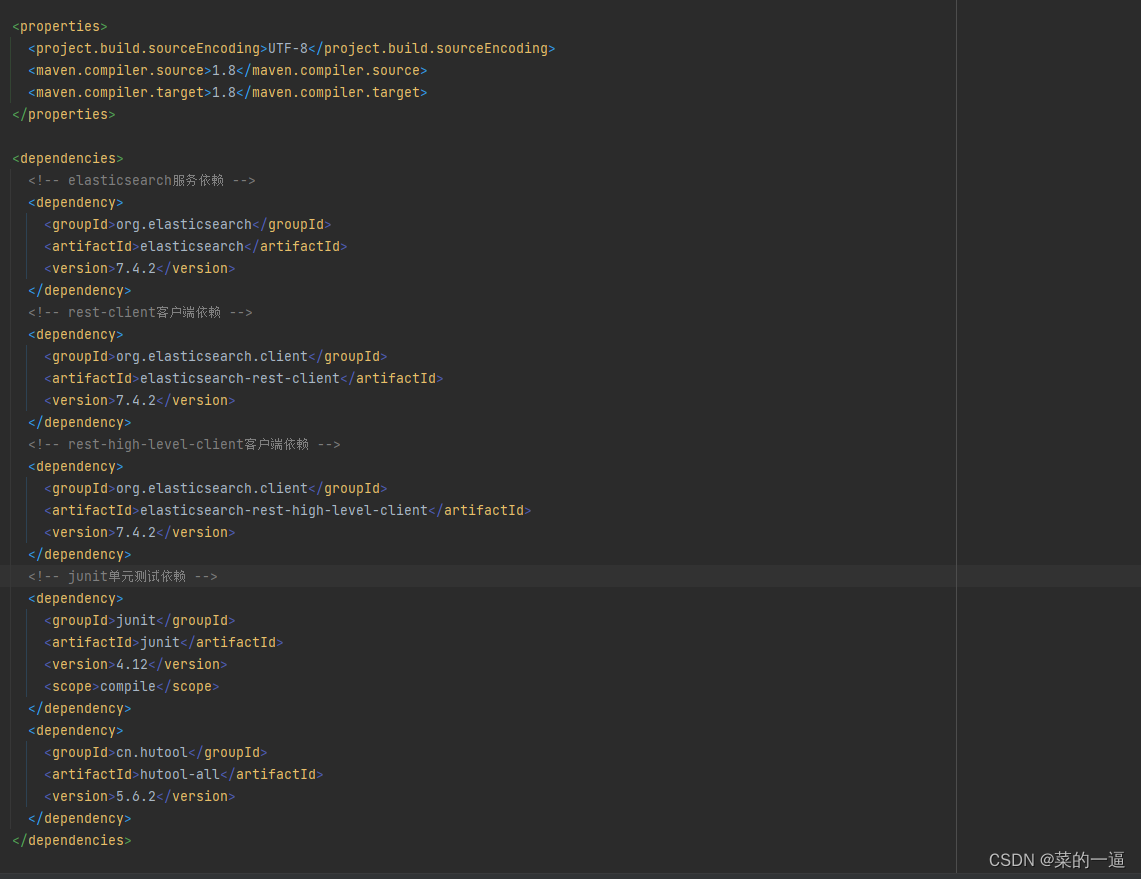
抄作业的同学看这里
<dependencies>
<!-- elasticsearch服务依赖 -->
<dependency>
<groupId>org.elasticsearch</groupId>
<artifactId>elasticsearch</artifactId>
<version>7.4.2</version>
</dependency>
<!-- rest-client客户端依赖 -->
<dependency>
<groupId>org.elasticsearch.client</groupId>
<artifactId>elasticsearch-rest-client</artifactId>
<version>7.4.2</version>
</dependency>
<!-- rest-high-level-client客户端依赖 -->
<dependency>
<groupId>org.elasticsearch.client</groupId>
<artifactId>elasticsearch-rest-high-level-client</artifactId>
<version>7.4.2</version>
</dependency>
<!-- junit单元测试依赖 -->
<dependency>
<groupId>junit</groupId>
<artifactId>junit</artifactId>
<version>4.12</version>
<scope>compile</scope>
</dependency>
<dependency>
<groupId>cn.hutool</groupId>
<artifactId>hutool-all</artifactId>
<version>5.6.2</version>
</dependency>
</dependencies>因为是测试连接,建议直接抄作业就行,只是测试下能不能连上ES,一些基本操作后续博客会更新,
启动类源代码:
package com.zhxd;
import cn.hutool.core.util.ObjectUtil;
import org.apache.http.HttpHost;
import org.elasticsearch.action.index.IndexRequest;
import org.elasticsearch.action.index.IndexResponse;
import org.elasticsearch.client.RequestOptions;
import org.elasticsearch.client.RestClient;
import org.elasticsearch.client.RestHighLevelClient;
import org.junit.After;
import org.junit.Before;
import org.junit.Test;
import java.io.IOException;
import java.util.HashMap;
/**
* Hello world!
*
* @author wht
*/
public class ElasticsearchApplication {
private RestHighLevelClient client = null;
/**
* 连接方式
*/
private final String SCHEME = "HTTP";
/**
* 准备httpHost,暂时单机,集群式修改此位置即可
*/
HttpHost[] httpHosts = new HttpHost[]{
new HttpHost("172.18.8.146",9200,SCHEME)
// new HttpHost("172.18.8.146",9200,SCHEME),
// new HttpHost("172.18.8.146",9200,SCHEME)
};
@Before
public void init(){
client = new RestHighLevelClient(RestClient.builder(httpHosts));
}
@After
public void close() {
try {
//判断空值关闭
if (ObjectUtil.isNotEmpty(client)) {
client.close();
}
} catch (Exception e) {
e.printStackTrace();
}
}
/**
* 添加测试
*/
@Test
public void creat() throws IOException {
HashMap<String,Object> map = new HashMap<>();
map.put("name","董老六");
map.put("content","中国必胜");
//指定索引和id
IndexRequest indexRequest = new IndexRequest("ik").id("5").source(map);
//执行请求,第二个参试数枚举,直接用default
IndexResponse indexResponse = client.index(indexRequest, RequestOptions.DEFAULT);
}
}
source的方式有很多种,常用的就两种

此次测试连接用map,连接之前的ik,其他关键信息都写在源码注释上了
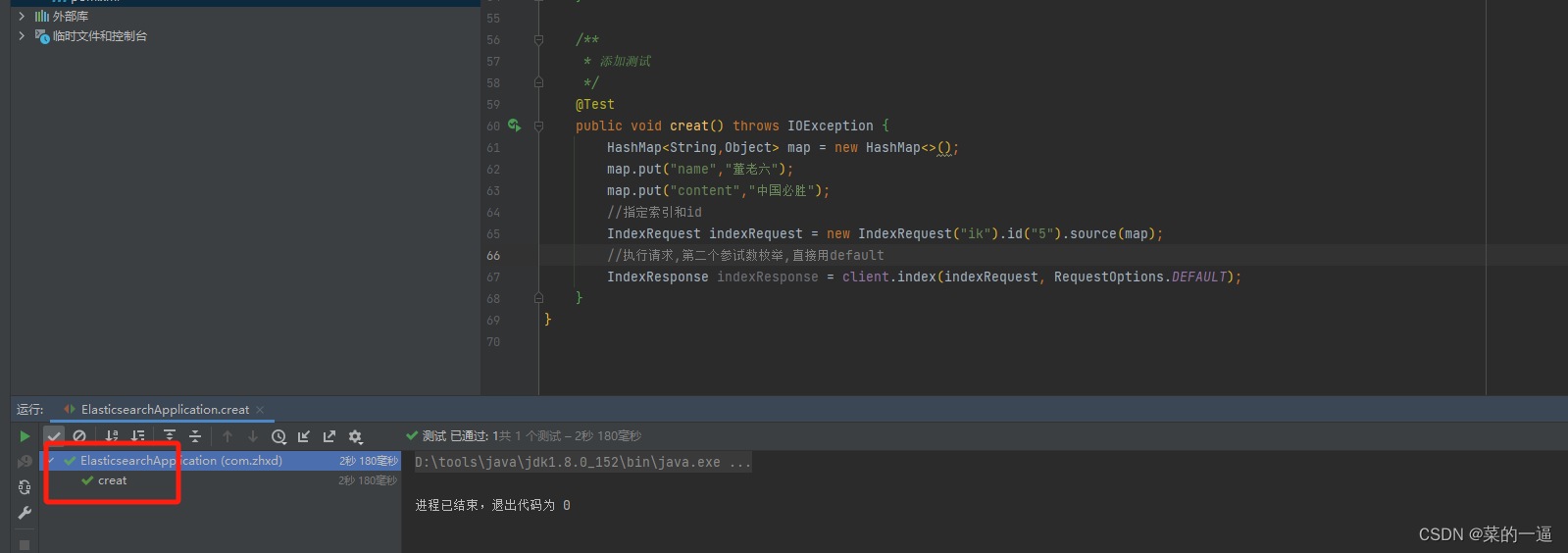
测试成功后用head看一下,已经在里面了


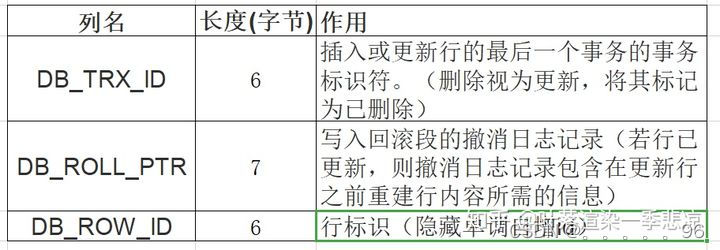
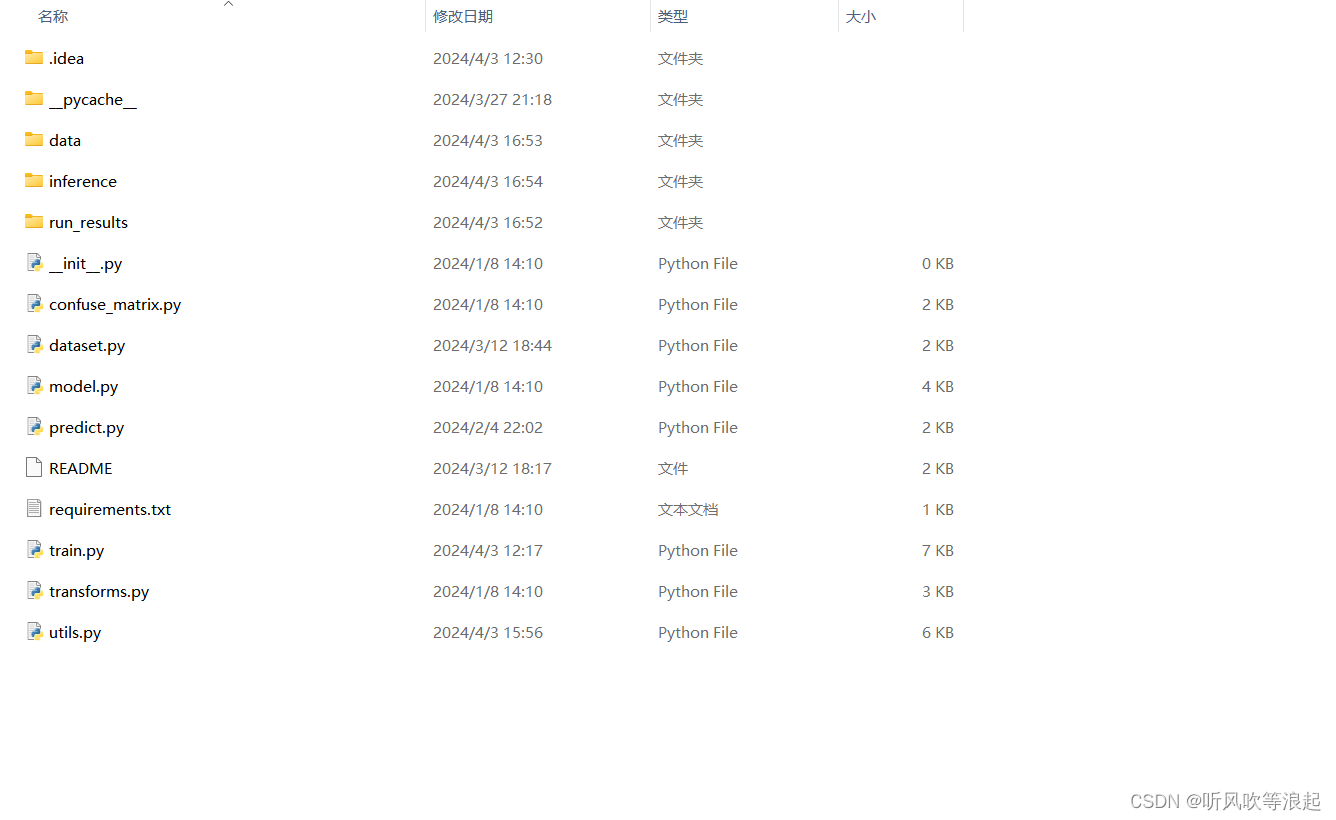




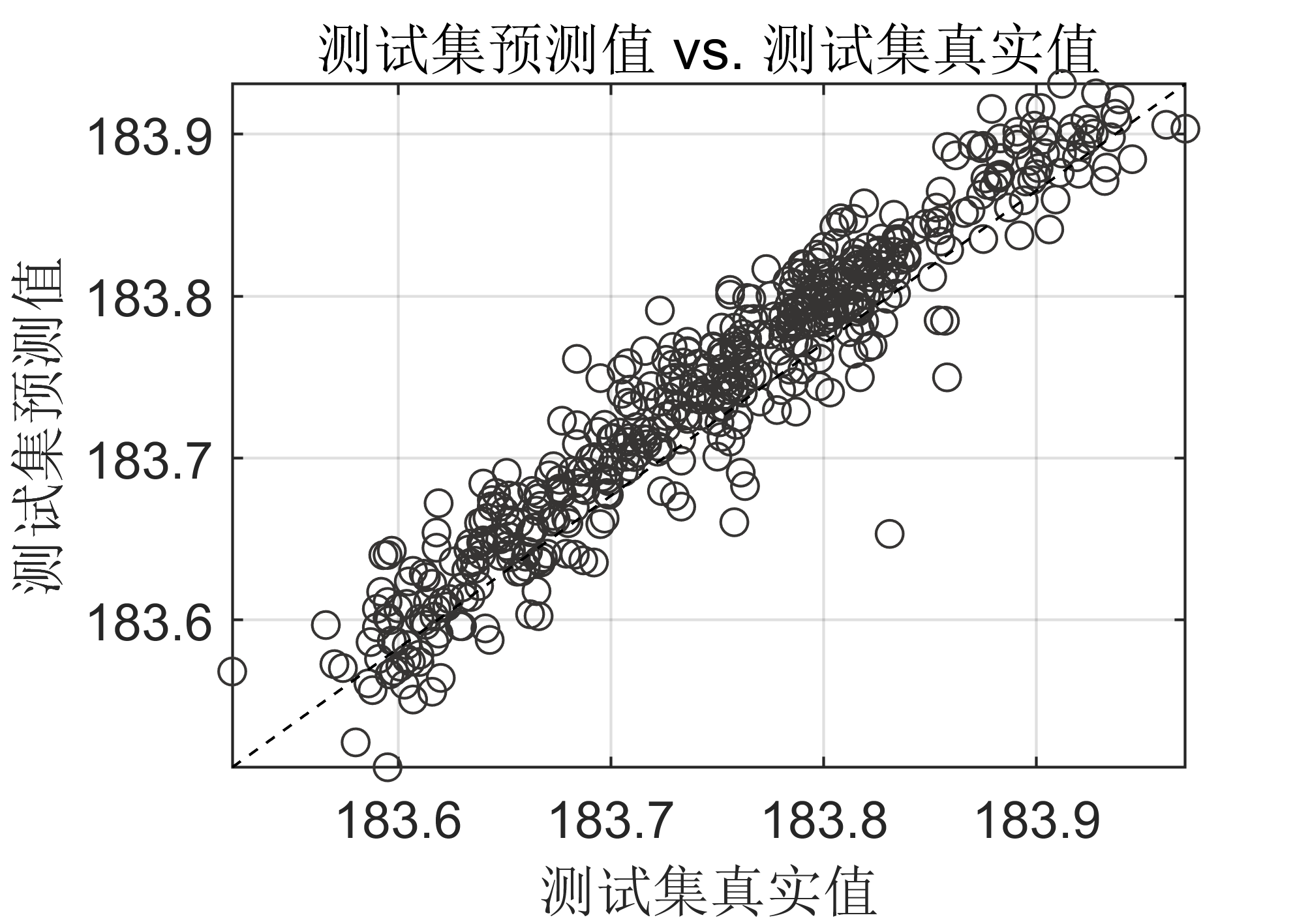
![idea maven 打包 内存溢出 报 GC overhead limit exceeded -> [Help 1]](https://img-blog.csdnimg.cn/direct/dac6c16c11214b079eae9c5cbaf2808b.png)
